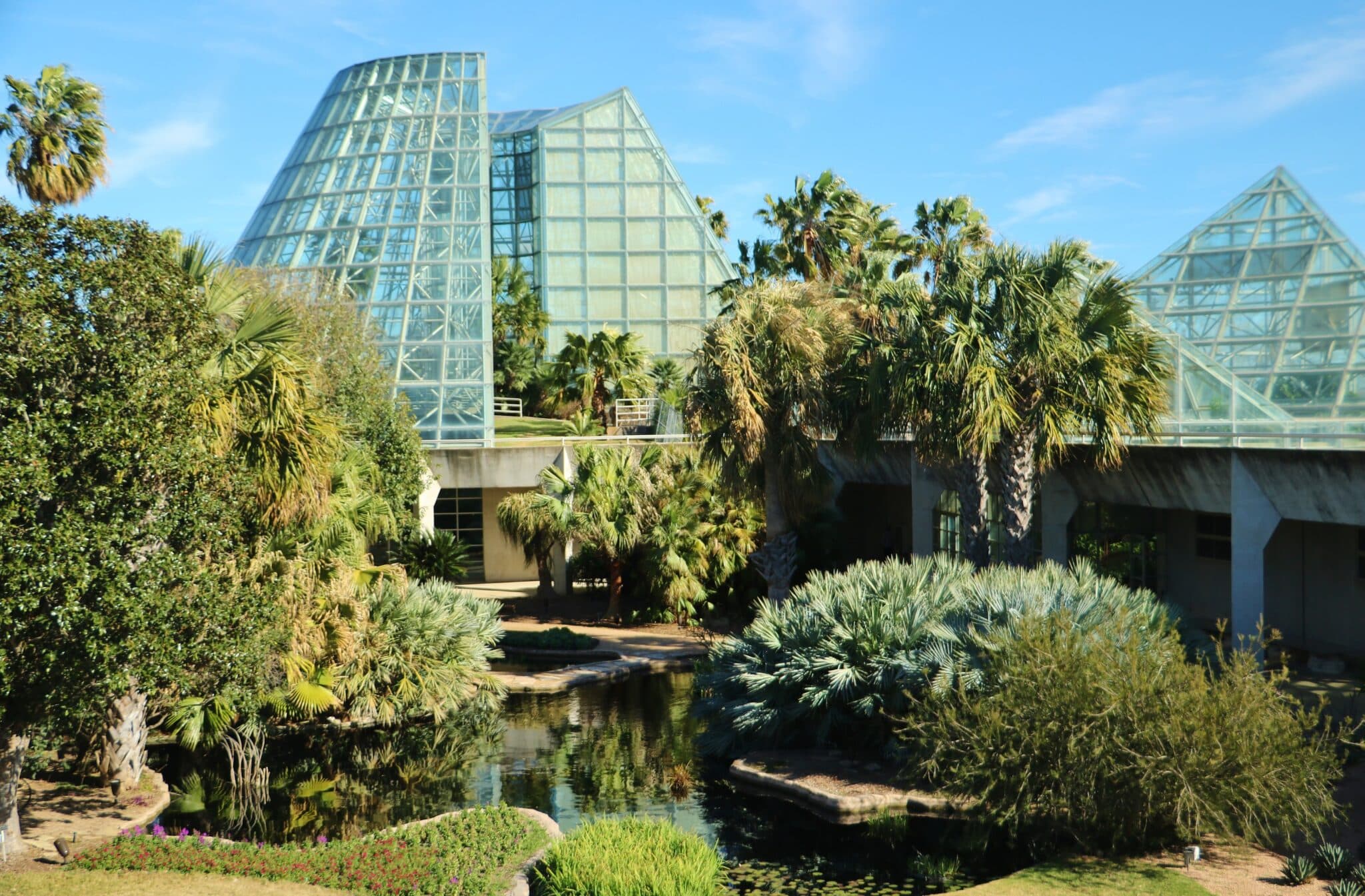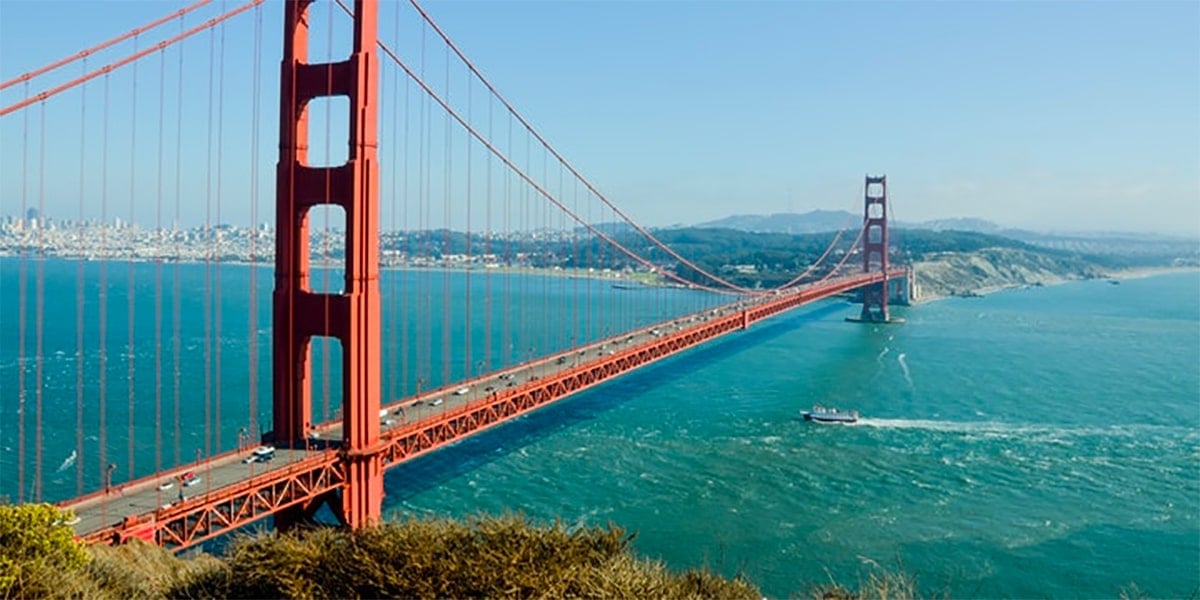
This is the third and final post in a three-part series from contributor Dave Zuchowski on his road adventures in the Texas Heartland. The first post is here, and the second post is here.
Named for St. Anthony of Padua, San Antonio is Texas’ second-most populous city and the seventh-most populated in the United States. With a million and a half residents, the city’s first Caucasian visitors were part of a 1691 Spanish expedition, which arrived on June 13, the feast day of St. Anthony.
Still showing much of its early cultural roots, the current population is approximately 46% Hispanic, and Spanish place names, cuisine and culture still exert a strong influence. Coupled with strong development and a roster of stellar museums and other noteworthy attractions, contemporary San Antonio draws over 34 million visitors each year.
A definite charmer, the city offers visitors a menu of enriching experiences and exciting adventures. Here are seven things to know about San Antonio before you go:

1. The Alamo was actually the city’s first mission
Originally built in 1744 as Roman Catholic Mission San Antonio de Valero, the building served as an educational center for the Indians who converted to Christianity, In 1803, the structure became a Mexican fort that eventually surrendered to the Texas Army in December 1835.
The Alamo’s most famous claim to fame came about in March 1836, when its Texan defenders were defeated (and wiped out) in a battle with the Mexican army under the command of General Antonio Santa Anna. The battle and its aftermath became a rallying cry for Texas independence that came about in a decisive battle against Santa Anna’s forces at the Battle of San Jacinto. Today, the Alamo (with its surrounding park and historic district) is the most visited attraction in San Antonio.

2. The 1749 Spanish Governor’s Palace was almost torn down to make way for a parking lot
Once the residence of the Spanish governors of the province of Tejas (Texas), this national historic landmark was once labeled “the most beautiful building in San Antonio” by the National Geographic Society.
Despite its significance, the adobe Spanish Governor’s Palace lost its political cache when Texas became a republic and commercial interests took it over. Through time, the building was used as a saloon, a clothing store and a pawn shop—and was under consideration for demolition. In 1928, city officials realized its true value, purchased the building and restored it to its original appearance. Period furnishings, a cobblestone patio with fountain, and the original keystone over the entranceway carved with the double-headed eagle of the Hapsburg coat-of-arms (the then ruling Spanish dynasty) add to its historic allure.

3. The entire 15 miles of Riverwalk is pedestrian-, bike and (outside the downtown area) ADA-friendly
While scads of visitors take one of the many boat/barge tours that ply the waters of the Riverwalk downtown, there are other ways to experience one of the nation’s finest linear parks. South of downtown, the Riverwalk can be experienced by canoe and kayak, and the Mission Reach section has four portals that connect to four of the city’s historic missions. These include Mission Concepcion, Mission San Jose, Mission San Juan, and Mission Espanda, which along with the Alamo constitute a UNESCO World Heritage Site.

The visitor center in Mission San Jose screens the film Cente de Razon, which tells the story of mission life in the 1700s. A little further away, Mission San Jose sports a museum and bookstore, and the four churches still hold regular religious services.

4. The botanical garden is impressive
With 38 acres in the Heart of Downtown, the San Antonio Botanical Garden takes pride in its many themed gardens and its 11-acre Texas Native Trail, but my personal favorite is the Lucile Halsell Conservatory designed by award-winning Argentine architect Emilio Ambasz. A winner of several architectural awards and written about in many international publications, the conservatory houses specimens as varied as alpine, carnivorous and aquatic plants, cacti, succulents, aroids, and epiphytes.

5. San Antonio’s Tower of the Americas was the nation’s tallest observation tower for 28 years
Built as the theme structure for the 1968 World’s Fair, HemisFair ’68, the 750-foot tall tower/restaurant is still the city’s tallest building. At the top, the sky-scraping Chart House rotates in a circle once every hour, giving diners a 360-degree view of the city from a lofty vantage point.
Glass-door elevators whisk visitors to the top, saving them the climb up and down the structure’s 952 steps. However, the record for the ascent by foot is pegged at five minutes and 18 seconds, set during the annual fundraiser climb for cystic fibrosis held each February. Another fundraiser climb is held on September 1 each year to raise money for fallen firefighters. On the ground floor, the 20-minute film Skies Over Texas is shown in the 4-D theater and takes you on a journey over the state’s cities, landscape and cultures. The theater also shows two additional 4-D films: Rio and Ice Age.

6. El Mercado (Market Square) is the largest Mexican market in the U.S.
Colorful and lively, the Mexican market spans three blocks of contiguous shops, restaurants and produce stands. My favorite is the Mi Tierra bakery, near the middle of the market that displays an incredible array of interesting baked goods you don’t usually find elsewhere.
Frommer’s ranks El Mercado as one of the top ten American outdoor markets, and visitors can find everything from hand-embroidered dresses, hand-crafted art works and leather belts to Telavera pottery, working artisans, musicians, and dancers. While dining at the food court, you can enjoy the stage show or take a seat in one of the Mexican restaurants and enjoy cabrito (roasted goat kid), done to a moist and delicious tenderness.

7. The historic St. Anthony Hotel: a jewel reborn and a string of firsts
The long-time epicenter of the city’s social life, the 1903 St. Anthony just went through a multi-million dollar renovation. The dream of two Texas cattlemen, the city’s first luxury hotel sits in the heart of San Antonio, just three blocks away from both the Alamo and Riverwalk and was considered one of the world’s most modern when first built.
With a string of firsts (the first hotel in the world to be fully air-conditioned, the first to have the lights turn off when a patron locked their room door and the first to have magic-eye, auto-opening doors), the hotel has hosted presidents, movie stars, generals, and royalty.

The revitalized hotel’s stunning new restaurant, Rebelle, has dazzling, eye-catching lighting and a “Temptation in the Garden of Eden” theme. The figures of animals—a lion, alligator, and giraffe, scattered around the restaurant—are found in the St. Anthony crest. Blown-up paintings on the walls by Salvador Dali include his “Temptation of St. Anthony,” another visual reference to the hotel that all in all offers an unforgettable sensual experience.
Chef Stefan Bowers specializes in contemporary global cuisine that features overnight-shipped, fresh seafood and Texas-sourced, farm-fresh produce. Dishes I can vouch for are the char-grilled Spanish octopus, and beef short rib braised in green curry. Although I’m only mildly fond of okra, the restaurant’s char-grilled Kung Pao okra is not to be missed.

Fun facts about the St. Anthony Hotel:
- Herb Kelleher made the deal to start Southwest Airlines at this venue while meeting with a friend at the St. Anthony Club and then sketched out his first airline route on a cocktail napkin.
- Red McCombs negotiated his deal of buying the San Antonio Spurs in the St. Anthony Club.
- A pioneer of design, Dorothy Draper re-designed the St. Anthony Club in the 1950s. Her signature “Dorothy Draper Green” can still be found throughout the hotel.
- (Starting) in the 50s, the only way you could drink alcohol at a public venue is if you belonged to an official “club.” The St. Anthony Club came to be a haven for people that wanted to go somewhere and get a drink and it has been iconic in the city ever since!
- Right outside the entrance of the St. Anthony Club is the beloved Hamburg Steinway concert grand piano. The piano was ensconced here by owner Ralph W. Morrison after he purchased the hotel in 1935. The piano was originally ordered from Steinway New York in 1924 by the Russian government to place in the Russian Embassy in Paris. It then went through a couple more owners before winding up in a public auction in which the hotel purchased it back!
In part 1: 7 things you should know before you visit Austin. In part 2: 7 things to know before you visit Fredericksburg and the Texas Hill Country.
For more: For more information about San Antonio, visit visitsanantonio.com or phone 800-447-3372.
All photos credited to Bill Rockwell.








“34 million visitors a year”??? that’s over 93,000 per day-I highly doubt that….